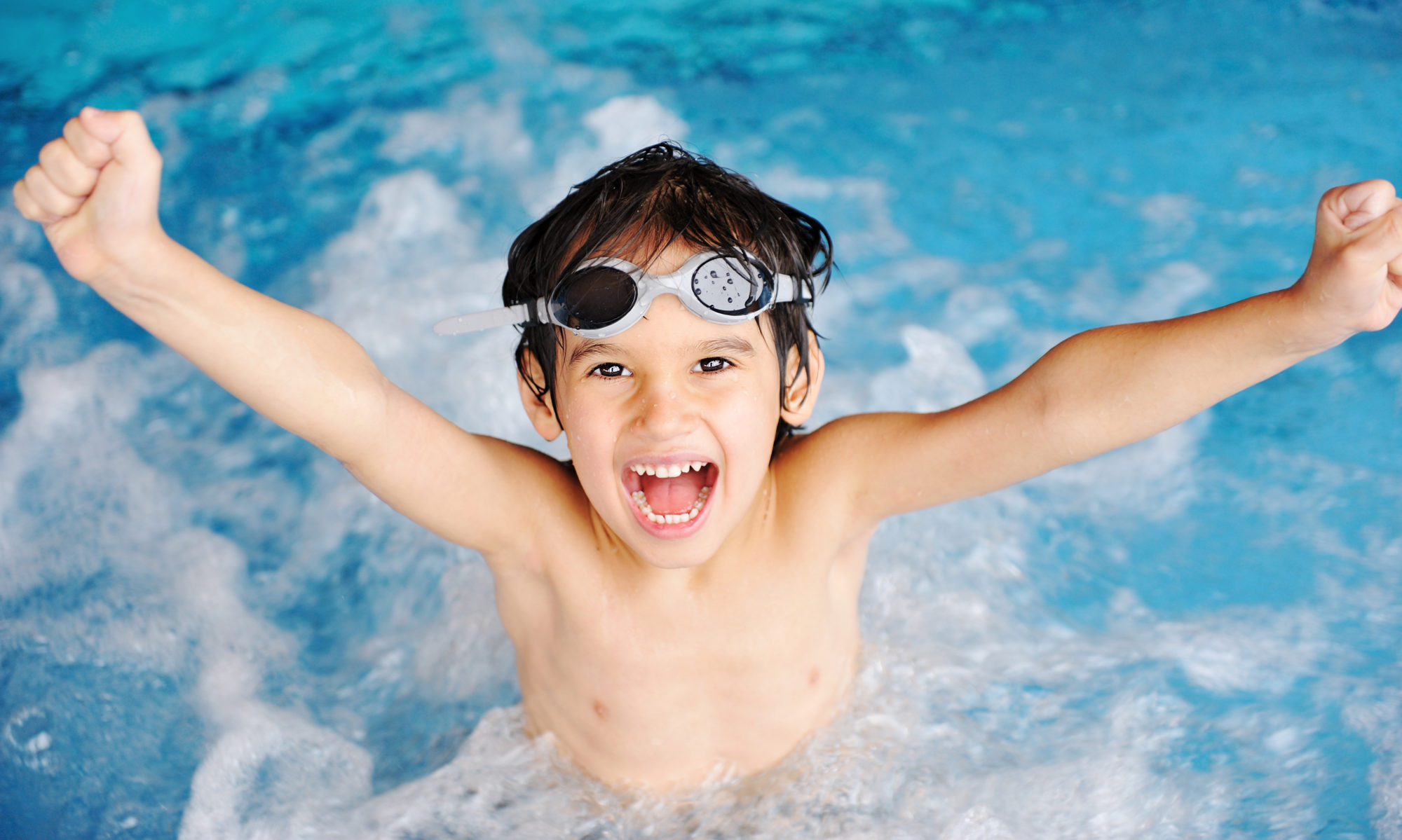You won’t see a 200-meter bubble-blowing event in the next Olympics. Nonetheless, learning to blow bubbles is an important swimming skill. It’s a stepping stone to learning breath control, which your child will use whenever he’s swimming for the rest of his life. What’s so important about blowing bubbles, and how can you teach your kids to do it?
Teaching Your Kids to Blow Bubbles: A Swimming Lesson?
Blowing bubbles teaches your child to be comfortable putting and keeping his face in the water. It teaches him to take deep breaths in and to control letting his breath out. It encourages him to play with holding his breath. All of these things are integral elements of breathing while swimming.
A Swimming Lesson for Dry Land
You can practice blowing bubbles without getting into the water. Blow on your child’s hand. Have him blow on his own hand. This practice will help him to get the feel of blowing. So will blowing bubbles with soapy water and a bubble wand. You can also practice with balloons. Always supervise young children with balloons, because balloons are a choking hazard.
You can practice blowing bubbles through a straw into water in a glass. Then, you can practice blowing bubbles directly in the water, in the tub or in a large bowl or pot of water. Remember to supervise your child even when you’re using these small amounts of water.
If your child is nervous about putting his face in the water, dip your hand into the water and stroke his face with your wet hand. Then encourage him to put just his lips into a saucer of water. Move from there to slightly more water in a bowl. From there, you can encourage him to put his lips into the water in a bathtub.
Do Hold Your Breath
The intake of breath that you need to start blowing bubbles is a step toward holding your breath. Blowing into a young child’s face causes him to hold his breath for a moment. This can also help you teach your child the feeling of holding his breath.
